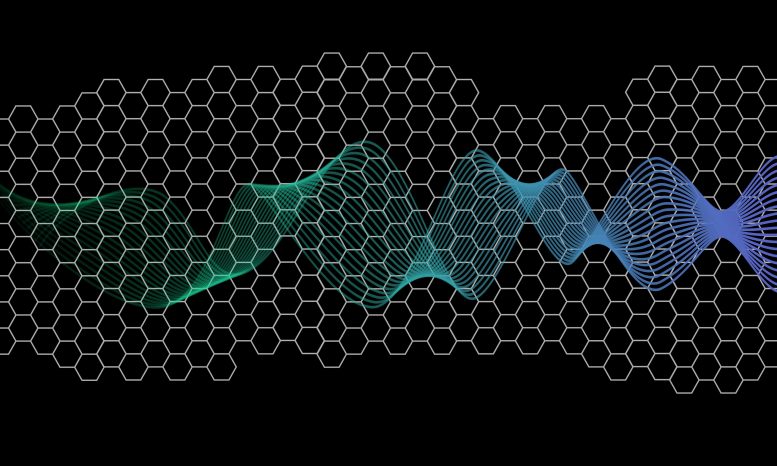
The hexagon lattice is characteristic of graphene, the wave symbolizes the movement of the electrons. Credit: TU WIen
The carbon material graphene has excellent electronic properties. But are they also stable enough to be useful in practice? New calculations say: Yes.
New computer model demonstrates that graphene’s exceptional electronic properties remain stable, even with imperfections, endorsing its potential in quantum technology and sensing applications.
Realism in Material Research: The Case of Graphene
Nothing in the world is perfect. This is also true in materials research. In computer simulations, one often represents a system in a highly idealized way; for example, one calculates the properties that an absolutely perfect crystal would have. In practice, however, we always have to deal with additional effects – with defects in the crystal lattice, with additional particles that attach to the material, with complicated interactions between the particles. The crucial question is therefore: Do these unavoidable additional effects change the material properties or not?
This is particularly interesting in the case of the two-dimensional material graphene, which consists of only a single layer of carbon atoms. It has long been known that graphene has excellent electronic properties. However, it was unclear until now how stable these properties are. Are they destroyed by disturbances and additional effects, which are unavoidable in practice, or do they remain intact? Vienna University of Technology (TU Wien) has now succeeded in developing a comprehensive computer model of realistic graphene structures. It turned out that the desired effects are very stable. Even graphene pieces that are not quite perfect can be used well for technological applications. This is good news for the global graphene community.
Electron Movement in Graphene
“We calculate on an atomic scale how electric current propagates in a tiny piece of graphene,” says Prof. Florian Libisch from the Institute of Theoretical Physics at TU Wien. “There are different ways an electron can move through the material. According to the rules of quantum physics, it doesn’t have to choose one of these paths; the electron can take several paths at the same time.”
These different paths can then overlap in different ways. At very specific energy values, the paths cancel each other out; at this energy, the probability of electrons passing through the graphene piece is very low, and the electric current is minimal. This is called “destructive interference”.
“The fact that the current flow decreases dramatically at very specific energy values for quantum physical reasons is a highly desirable effect technologically,” explains Florian Libisch. “This can be used, for example, to process information on a tiny size scale, similar to what electronic components do in computer chips.”
One can also use it to develop novel quantum sensors: Suppose a graphene piece conducts virtually no current at all. Then, suddenly, a molecule from the outside attaches to the graphene surface. “This one molecule changes the electronic properties of the graphene piece a tiny bit, and that can already be enough to suddenly increase the current flow quite drastically,” says Dr. Robert Stadler. “This could be used to make extremely sensitive sensors.”
Intricacies and Breakthroughs in Graphene Modeling
However, the physical effects that play a role in the details are very complicated: “The size and shape of the graphene piece is not always the same, and there are many-body interactions between several electrons that are very difficult to calculate mathematically. There may be unwanted extra atoms in some places, and the atoms always wobble a bit – all of this has to be taken into account in order to be able to describe the material graphene in a truly realistic way,” says Dr. Angelo Valli.
This is exactly what has now been achieved at TU Wien: Angelo Valli, Robert Stadler, Thomas Fabian, and Florian Libisch have years of experience in correctly describing different effects in materials in computer models. By combining their expertise, they have now succeeded in developing a comprehensive computer model that includes all relevant error sources and perturbation effects that exist in graphs.
By doing so, they were able to show that even in the presence of these error sources, the desired effects are still visible. It is still possible to find a certain energy at which current flows only to a very small extent due to quantum effects. Experiments have already shown that this is plausible, but a systematic theoretical investigation has been missing until now.
This proves that graphene does not have to be perfect to be used for quantum information technology or quantum sensing. For applied research in this field, this is an important message: The worldwide efforts to use the quantum effects in graphene in a controlled way are indeed promising.
Reference: “Stability of destructive quantum interference antiresonances in electron transport through graphene nanostructures” by Angelo Valli, Thomas Fabian, Florian Libisch and Robert Stadler, 10 August 2023, Carbon.
DOI: 10.1016/j.carbon.2023.118358

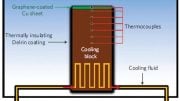
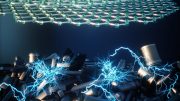

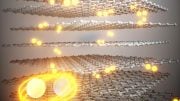
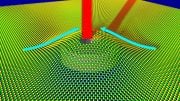
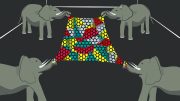
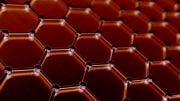
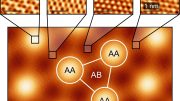
Do you think the theory you believe in is scientific? Which is science, that is, ‘More Is Different’ or ‘More Is The Same’?
If you are really interested in science, you can browse https://zhuanlan.zhihu.com/p/374923011.
I have read about the qualities of graphene as insulator and would like to ask a question about using graphene twisted layers stacked one after another in several separated sheets that are parallel to each in total darkness, connect each segment with very sensitive directors this configuration could show the elusive neutrino passing, maybe not in the first layers but more so to the more distant graphene layer catching the momentum slowing the neutrino threw each layer as a difference in charge or mass.